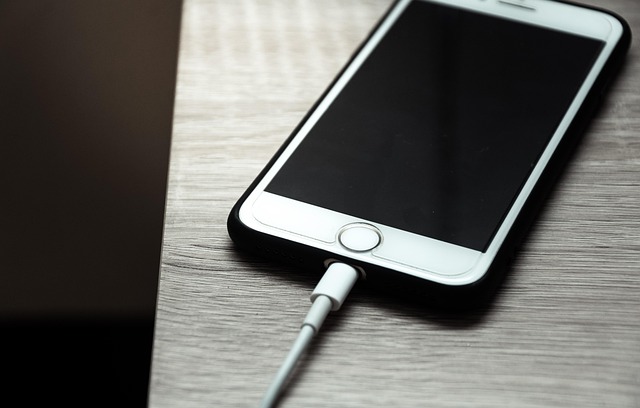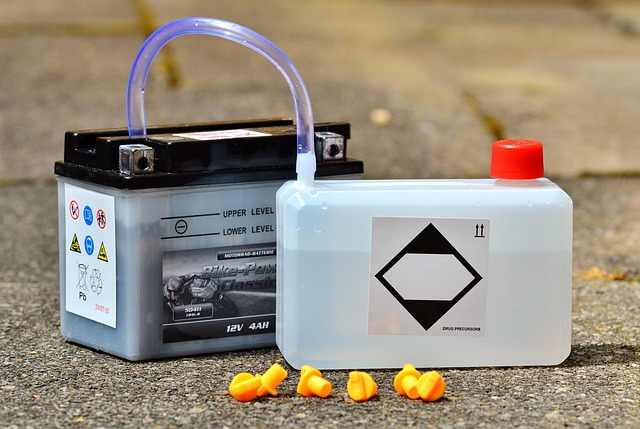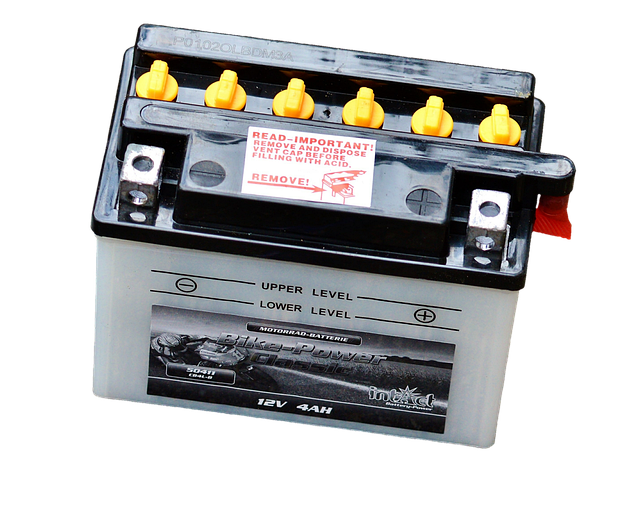Electric vehicles (EVs) have transformed the way we think about mobility, but their success hinges on one critical component: the battery. As an EV owner, understanding the battery charging cycle is essential for preserving range, prolonging lifespan, and maximizing the value of your vehicle. This article breaks down the science behind charging cycles, explains how everyday habits affect battery health, and offers practical tips for keeping your EV’s power pack in top condition.
What Exactly Is a Battery Charging Cycle?
A battery charging cycle refers to the complete process of discharging a battery from full to empty and then recharging it back to full. However, the term is often used more loosely to describe the number of times a battery goes through significant state‑of‑charge (SOC) changes. Modern lithium‑ion cells used in EVs are designed to handle thousands of such cycles, but each cycle contributes a small amount of wear and tear. Over time, cumulative cycling reduces capacity, increases internal resistance, and can lead to diminished range.
How Charging Cycles Influence Battery Longevity
EV batteries are engineered to maintain performance across a wide range of conditions, yet they are not immune to aging. The key factors that determine how quickly a battery loses its ability to hold charge include:
- Depth of Discharge (DoD): Deeper discharges per cycle accelerate degradation more than shallow ones.
- Charge Rate: Fast charging generates heat, which can degrade electrode materials.
- Temperature: Operating above 40 °C or below 0 °C stresses the cells.
- State of Charge Management: Keeping the battery between 20 % and 80 % SOC for everyday use reduces cycle stress.
By monitoring and moderating these variables, you can extend the useful life of your battery, effectively buying more mileage out of each charging cycle.
Typical Charging Patterns That Hurt Your Battery
Many owners fall into habits that unknowingly shorten battery life. Common pitfalls include:
- Leaving the car plugged in after it reaches 100 % for extended periods.
- Charging from 0 % to 100 % regularly instead of using a partial charge.
- Relying on rapid chargers for daily trips when a slower, gentler charge would suffice.
- Ignoring temperature warnings and charging in extreme weather.
- Using third‑party charging equipment that does not communicate with the vehicle’s battery management system (BMS).
Adopting smarter charging habits can dramatically reduce the number of stressful cycles your battery experiences.
Smart Charging Strategies for the Everyday Driver
Below are actionable guidelines to help you manage your battery charging cycle effectively:
- Set a SOC Window: Configure your vehicle’s charging limits to stop at 80 % during routine use and allow 100 % only when you need maximum range for long trips.
- Use Scheduled Charging: Many EVs allow you to set a charging window that starts when the battery temperature is optimal, usually after the car has cooled down in the evening.
- Choose the Right Charger: For daily commutes, use Level 2 chargers that deliver 3–7 kW. Reserve fast chargers for emergency or occasional long trips.
- Keep the Battery Warm: In cold climates, pre‑condition the battery before driving and use heated charging pads if available.
- Avoid Overnight Over‑charging: Some models automatically limit charging to 80 % overnight. Disable this feature only when you truly need a full charge.
Implementing these habits will reduce the frequency of deep discharge cycles and keep the battery healthier for longer.
Maintenance and Service: Protecting Your Battery
Just as a gasoline car requires regular oil changes and engine tune‑ups, an EV needs routine checks to safeguard its battery and powertrain. Key service actions include:
- BMS Diagnostics: A technician should run a full BMS scan at least once a year to catch early signs of cell imbalance or degradation.
- Thermal Management Checks: Inspect coolant levels and the integrity of the battery enclosure, especially if you use fast charging frequently.
- Software Updates: Vehicle manufacturers release firmware patches that improve charging efficiency and safety.
- Electrical System Inspection: Ensure all wiring harnesses, connectors, and inverters are free of corrosion or damage.
Regular servicing not only extends battery life but also enhances overall vehicle reliability and safety.
Emerging Technologies That Could Change the Charging Cycle Game
Innovation in battery chemistry and charging infrastructure is moving faster than ever. Some developments to watch for include:
- Solid‑State Batteries: These promise higher energy density and lower self‑discharge rates, potentially reducing the impact of each charging cycle.
- Wireless (Inductive) Charging: Although still in its infancy for EVs, this technology could simplify charging habits and reduce wear on connectors.
- Fast‑Charging Standards (e.g., CCS Combo 2, CHAdeMO V3): New protocols aim to deliver higher power while limiting temperature rise, mitigating cycle stress.
- Smart Grid Integration: Vehicles that adapt charging to grid demand can optimize battery health by avoiding peak heat generation.
Staying informed about these trends helps owners anticipate future changes that may alter how they approach the battery charging cycle.
Frequently Asked Questions
Q: How many charging cycles can I expect from my EV battery?
A: Most manufacturers guarantee around 1,500–2,000 full cycles, but practical life can be longer if you maintain mild SOC limits and optimal temperatures.
Q: Does charging overnight always harm the battery?
A: Not necessarily. Modern BMS systems often manage overnight charging to avoid over‑charging, but prolonged 100 % SOC still adds stress.
Q: Will using a public fast charger degrade my battery faster than home charging?
A: Frequent high‑rate fast charging increases temperature and can accelerate degradation, especially if the battery is near full or low SOC. Use it sparingly.
Q: Can I drive with a battery that’s 50 % below its original capacity?
A: Yes, but expect a noticeable drop in range. Planning longer trips and charging more often can mitigate the impact.
Conclusion: Mastering the Battery Charging Cycle
Electric vehicles offer unparalleled environmental benefits, but the key to unlocking their full potential lies in how you manage the battery charging cycle. By understanding the science behind cycling, avoiding detrimental habits, and employing smart charging strategies, you can keep your EV’s battery healthy for many years. Regular maintenance, staying updated on new technologies, and mindful charging habits will not only preserve range but also protect your investment. As the EV ecosystem continues to evolve, a proactive approach to battery care will remain a cornerstone of responsible ownership.




